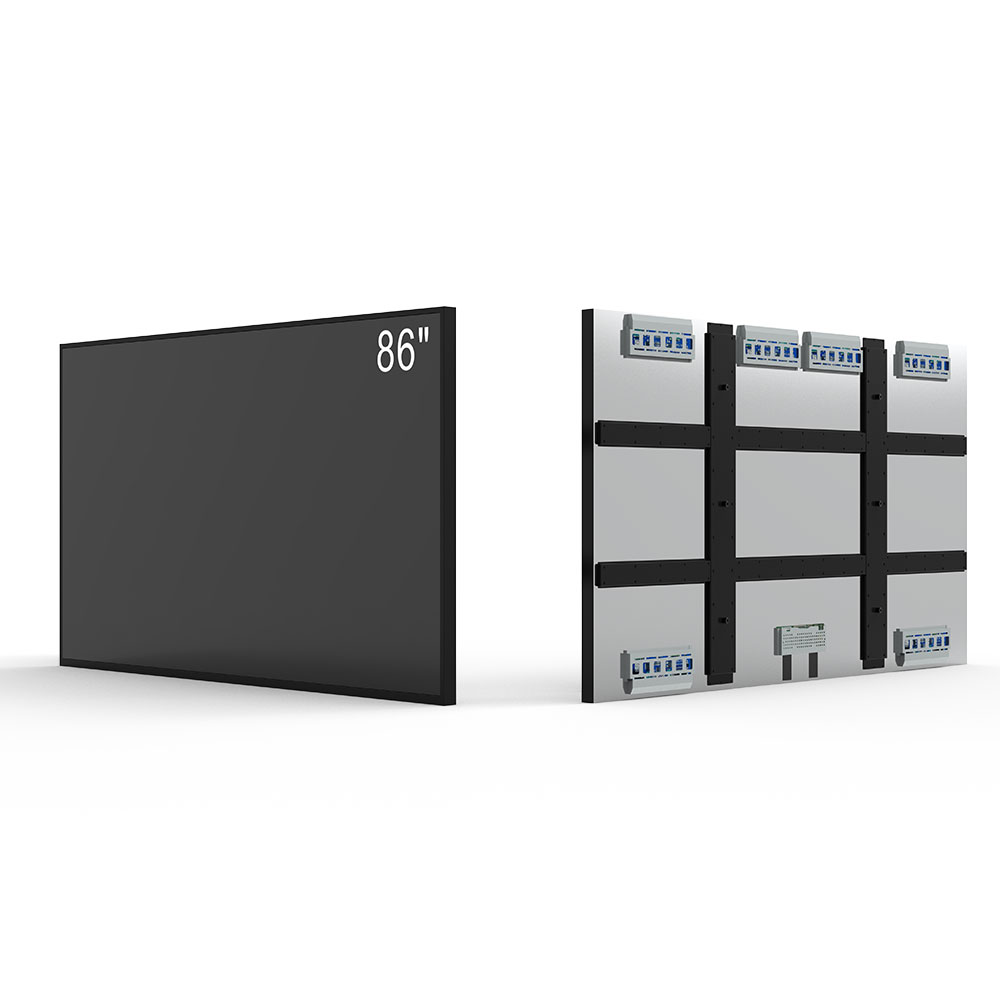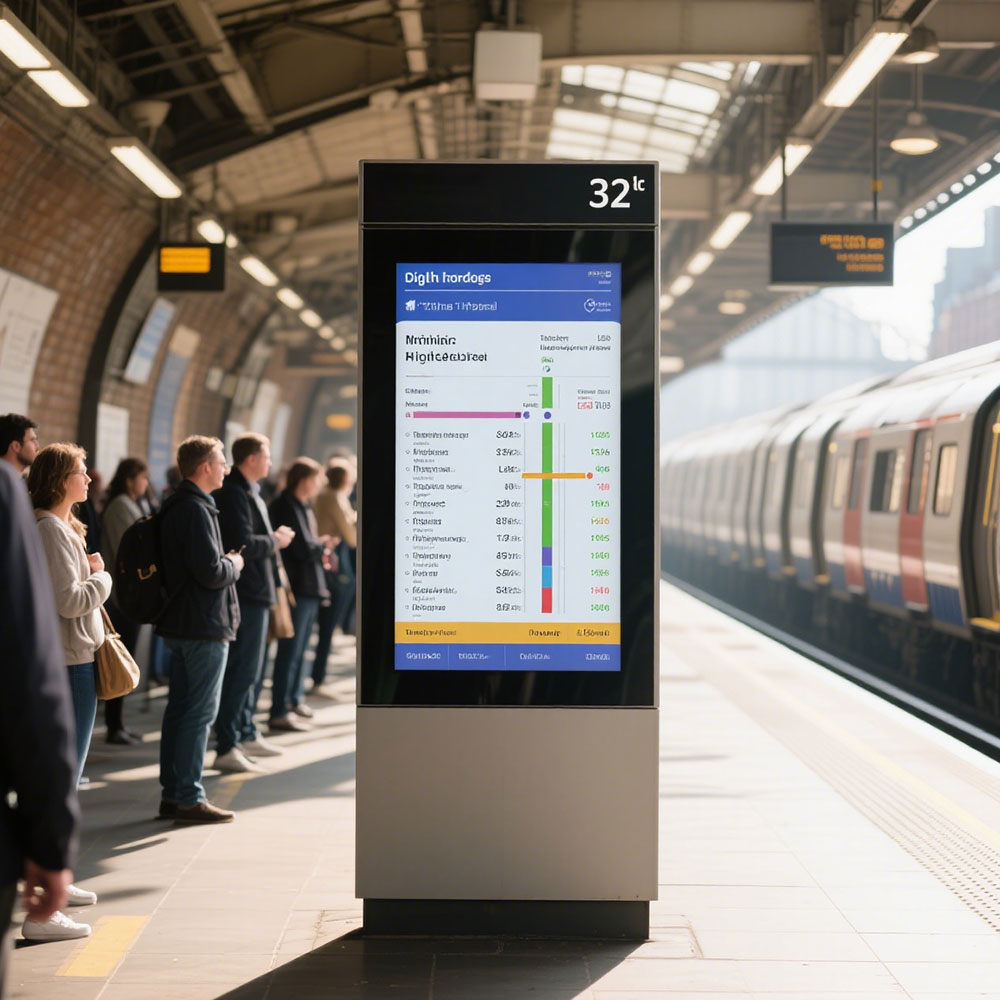When selecting an outdoor LCD screen for commercial, public, or industrial applications, it's critical to prioritize both visibility under varying environmental conditions and long-term durability. These screens must withstand extreme temperatures, humidity, UV exposure, and physical impacts—often in environments where maintenance access is limited.
First, evaluate brightness levels. Industry standards such as those from the Society of Motion Picture and Television Engineers (SMPTE) recommend a minimum of 5,000 nits for daytime visibility in direct sunlight. High-brightness panels (up to 10,000 nits) are essential for applications like digital signage in airports, stadiums, or urban plazas. For example, a case study by LG Display showed that their 8,000-nit outdoor LCDs maintained clear image quality even at noon under full sun, outperforming standard indoor displays by over 300%.
Second, consider the screen’s environmental protection rating. IP65 or higher ensures dust resistance and water spray protection, which is crucial in coastal or high-rainfall areas. In a real-world installation at London Heathrow Airport, an IP67-rated outdoor display with anti-glare coating remained fully operational after three years of continuous exposure to rain, salt air, and temperature swings from -10°C to +45°C.
Third, assess the display’s thermal management system. Passive cooling solutions like aluminum heatsinks and active ventilation (e.g., fans or heat pipes) help maintain optimal operating temperatures. According to a 2023 report by the International Electrotechnical Commission (IEC), screens with integrated thermal regulation systems have a 40% lower failure rate over five years compared to unregulated units.

Finally, choose a manufacturer with proven field performance and compliance with global certifications like CE, FCC, and RoHS. Brands such as Samsung, Sharp, and Leyard offer ruggedized models tested in ISO 16750-3 (vehicle environment testing) and MIL-STD-810G (military-grade shock and vibration). These certifications ensure reliability in harsh outdoor settings.
In summary, selecting the right outdoor LCD screen involves balancing brightness, protection, thermal design, and certification—not just raw specs. A well-engineered solution not only delivers superior visual clarity but also reduces long-term operational costs through minimal downtime and fewer replacements.








